Farm safety was the first topic on the agenda at Grange, as the BETTER farmers partook in a livestock handling course.
There is a ‘‘challenge’’ aspect to the current phase of the BETTER farm programme and this course was a part of the compulsory ‘‘farm safety challenge’’ in which participants must implement two positive farm safety measures each year during their time in the programme.
Some of the statistics presented were damning.
“There have been 218 deaths on Irish farms since the beginning of 2007 – 13%, or 28, of these can be attributed to livestock.
That’s the equivalent of this whole group wiped out,” course facilitator Andrew Reilly explained to a deathly silent room.
Shockingly, when asked for a show of hands as to who had received some form of minor or serious animal-related injury on their farms in the past, the majority of the BETTER group responded.
Much of the presentation involved the animal’s point of view – their blind spots, flight zones, how they perceive threats and how their movement could be manipulated without causing stress.
Our BETTER beef farmers toured Teagasc Grange yesterday and heard talks on animal handling, shed design and the Derrypatrick Herd. Today we're up North - first stop John Egerton in Fermanagh. Great operator #BETTERfarm #beef pic.twitter.com/ONlACIEnao
— FJ Beef (@FJBeef) November 16, 2017
Later in the morning, the group was given a task to evaluate the handling facilities at Grange, honing in on strengths and weakness from both farmer safety and animal welfare points of view.
They were then urged to carry out the very same exercise on their own farms.
Next stop was the Derrypatrick Herd, where lead researcher John Heslin provided an update on the herd’s progress.
Weights
The group assessed a group of slaughter cattle that were due in the factory the following day.
There were 12 heifers which graded an average of 335kg, U-, 3- and three steers grading 391kg, R+, 3=.
These cattle are among the last to be slaughtered in the late- versus early-maturing sire comparison.
At 20 months, the late-maturing bullocks on the trial have killed-out at 57% to a carcase weight of 404kg and grades of U-, 3- so far.
Farm buildings
Finally, buildings officer JJ Lenehan took the group around some of the sheds at Grange, where the main topics up for discussion were design and ventilation.
He advised to group to think height when designing buildings – the higher the better – and that open-sided buildings were best from a ventilation point of view, provided the prevailing wind was not blowing onto animals.
JJ also urged farmers to keep doors open, where possible, to encourage airflow through buildings.








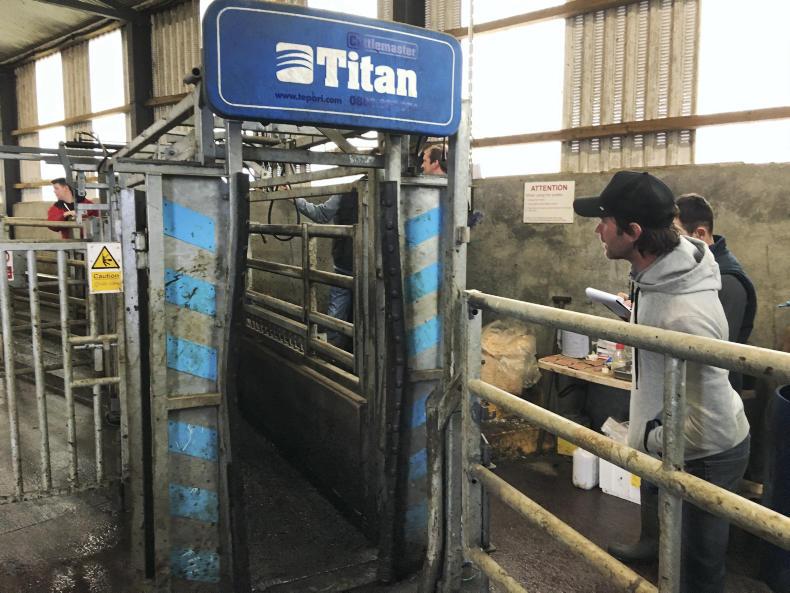
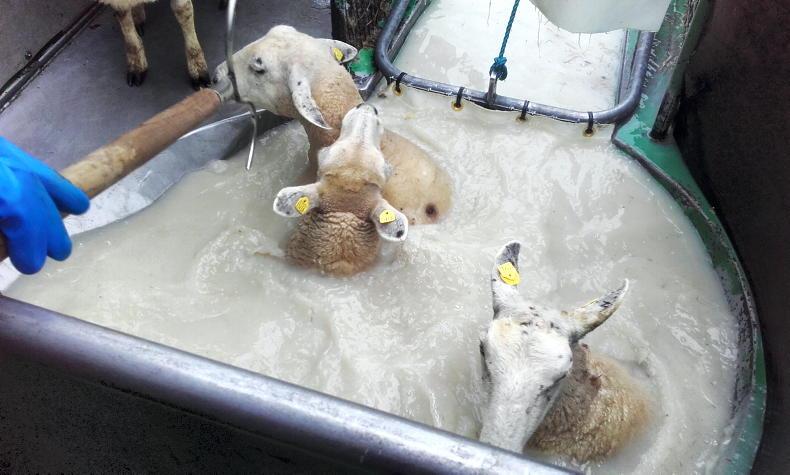

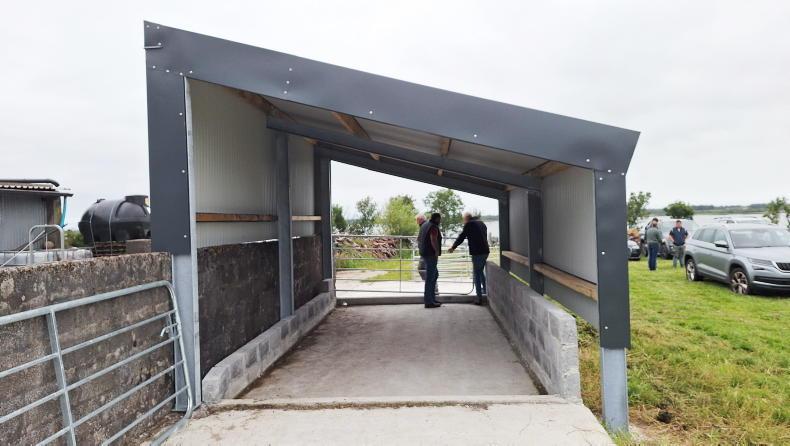
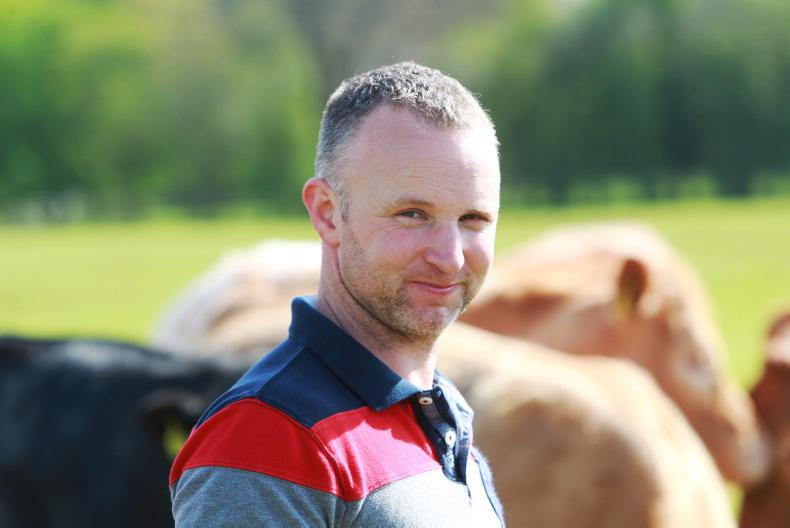
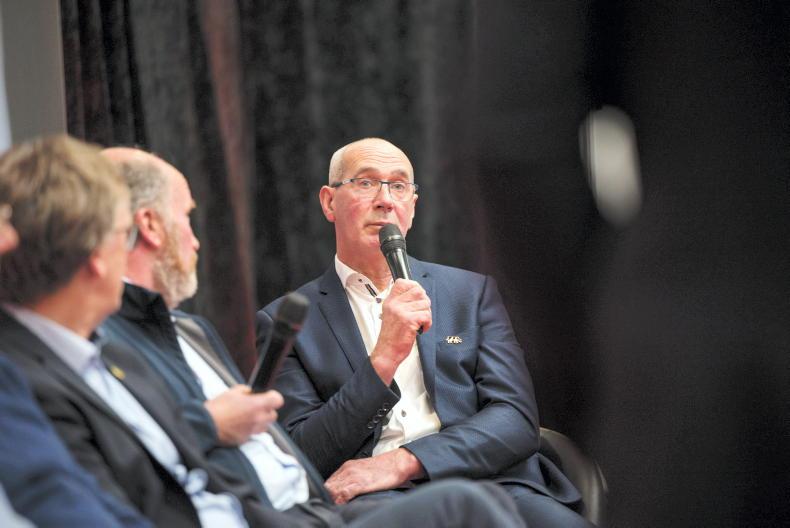
SHARING OPTIONS